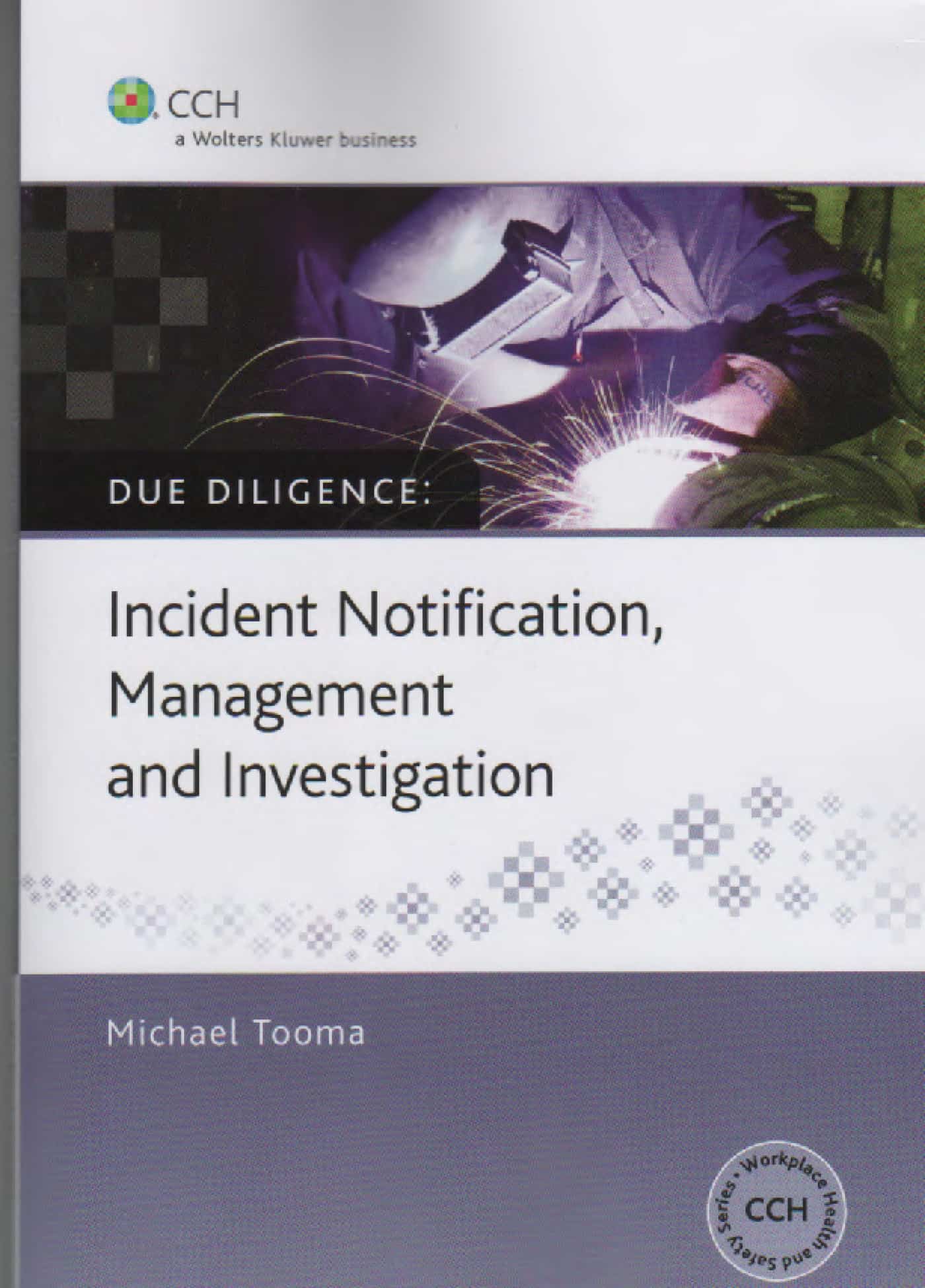Any professional sees elements of their profession in other walks of life. Police notice infringements when they are off duty. Teachers often continue to instruct or educate when outside of school. Journalist’s conversations with friends often contain pointed questions.
 Safety professionals, commonly, extend safety principles to their own behaviours and lives. This can sometimes lead to a heightened intolerance of unsafe behaviour in others but also desires that life operated on safety principles. Today I wondered about the application of the concept of “Reasonably Practicable” in prioritising corporate and personal safety objectives.
Safety professionals, commonly, extend safety principles to their own behaviours and lives. This can sometimes lead to a heightened intolerance of unsafe behaviour in others but also desires that life operated on safety principles. Today I wondered about the application of the concept of “Reasonably Practicable” in prioritising corporate and personal safety objectives.
I simplified (bastardised, some may say) the Safe Work Australia guideline on reasonably practicable into questions that we should ask in our non-OHS lives but, most importantly, the priority of the reasonable practicable process is retained. The questions, in order of priority are:
- How important is it?
- How harmful could it be?
- What do we know about it?
- How can we control it?
- How much will it cost?
Self-help aficionados may see these as life lessons or criteria that can be applied to many decisions. I agree to some extent but the priority of the questions is of most importance in the decision-making process because it places the issue of cost last. Continue reading “Strengthening safety decision-making”



